All About Winter Holidays: Christmas, Hanukkah, Kwanzaa and More
Take a moment to learn about the origins and practices of some holidays people near and far from you are observing!
To combat the bitter chill of winter that can sometimes lay a blanket of snowy somberness atop our chests, cultures and communities across the globe have devised annual holidays during these months that conjure the warmth of interpersonal connection and seasonal festivity. Christmas—with its glowing decorations, gift-giving, and jolly mascot Santa Claus—is the most pervasive and commercialized holiday in the United States. Celebrations like Hanukkah and Kwanzaa routinely drown in the shadow of old Saint Nick’s round, inescapable figure, and you may have never even heard of ceremonies more obscure in Western society, like Las Posadas, Soyal, and Diwali.
CHRISTMAS

Christmas, or “mass on Christ’s day”, is an international phenomenon. It’s been recognized as a federal American holiday since 1870. Christians honor Christmas Day on December 25th as the anniversary of Jesus Christ’s birth, whom they believe is the son of God. His spiritual teachings form the foundation of their religion. Despite the holiday’s religious roots, secular families and individuals often engage in Christmas festivities due to their strong popularity. These include decorating indoor trees with ornaments and star-shaped toppers, feasting with loved ones, exchanging gifts, caroling or listening to holiday-themed music, and for Christians, attending church. Western children in participating families fall asleep on Christmas Eve with the anticipation that they will wake to presents and toys beneath their Christmas tree, left by the mythical, white-bearded icon Santa Claus… or their less magical parent(s).
The common celebration of Christmas originated in the 9th century, and has evolved into the contemporary, capitalized holiday it is today. Before the widespread acceptance of the date December 25th, Christ’s birthday was rarely celebrated. Many Christian leaders of the time actually held strong opposition to this act, firmly believing that a martyr should only be honored on their day of martyrdom. Others denounced it as a pagan practice. Click here and here to learn more about Christmas.
HANUKKAH
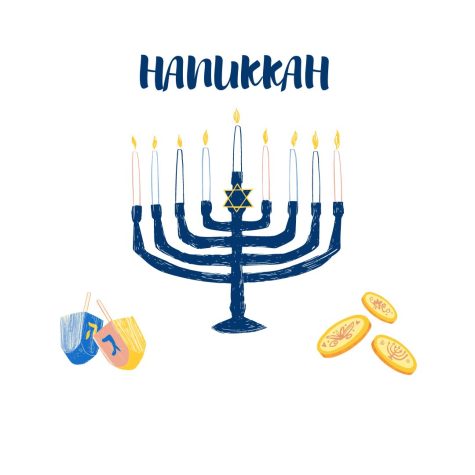
Hanukkah (meaning “dedication” in Hebrew) is an eight-day long Jewish festival commemorating the second century B.C. rededication of the Second Temple in Jerusalem, as well as the overall beliefs of Judaism. It begins on the Hebrew calendar’s 25th of Kislev, which falls in November or December of the Gregorian calendar. Hanukkah 2022 runs from December 18th until December 26th. The most significant Hanukkah custom is the lighting of a nine-branched menorah, or “Hanukiah” in Hebrew. Each day of the celebration is represented by a candle and lit in chronological order; the center candle, called the Shamash or “helper”, is used to ignite the others. Other traditions include playing with Dreidels (four-sided spinning tops), eating food such as Latkes (potato pancakes) and Sufganiyot (jam-filled doughnuts), and–in the United States–exchanging gifts. On an international level, Hanukkah is actually not a particularly major holiday for many Jews; Hanukkah became more prominent in the United States due to its proximity to Christmas, when Jewish children are habitually alienated from their Christmas-observing peers.
Around 200 B.C., Jews in Judea (modern day Palestine and Israel) suffered under the tyrannical rule of Antiochus IV Epiphanes. Epiphanes outlawed Jewish worship, and in 168 B.C., his soldiers massacred thousands of people in Jerusalem while defiling the city’s holy Second Temple. Jewish priest Matthias and his five sons protested the brutal Seleucid monarchy by leading the Maccabean Revolt. The Maccabee rebels predominantly utilized guerilla warfare, which brought them to victory in merely two years. The champions then rededicated the Second Temple, during which the acclaimed Hanukkah Miracle occurred. Though the Jews only had enough olive oil to light the temple’s menorah for one day, the flames burned on for eight, granting them time to retrieve more. This inexplicable event inspired the eight-day festival that has repeated yearly ever since. Click here and here to learn more about Hanukkah.
KWANZAA

Kwanzaa is a secular, predominantly African American holiday that honors African cultural, familial, and ancestral values. It is also celebrated by some countries in the Caribbean. The name Kwanzaa derives from the Swahili phrase “matunda ya kwanza”, which translates to “first fruits”. The extra a was added to ensure a letter of the word was allocated to every child who attended an early Kwanzaa celebration. Festivities start on December 26th and conclude on January 1st, with each day dedicated to discussing one of the Nguzo Zaba (seven Swahili principles): Umoja (unity), Kujichagulia (self-determination), Ujima (collective responsibility), Ujamaa (cooperative economics), Nia (purpose), Kuumba (creativity), and Imani (faith). A candle is illuminated nightly in the seven-branched kinara, named after the Swahili word for “candle holder”. Customs are unique to all participating families, but they frequently include traditional African songs, dances, storytelling, and attire. Typically, on December 31st, a feast called the Karamu is hosted.
Kwanzaa is a relatively modern holiday. It was created in 1966 by Dr. Maulana Karenga, an activist, professor, and chairman of Black Studies at California State University in Long Beach. Through studying several different African harvest celebrations, like those of the Ashanti and Zulu, Dr. Karenga established the foundational principles and practices of his original holiday. This invention was a response to the 1965 Los Angeles Watts riots, which began as a drunk driving arrest and degenerated into nearly a week of race-fueled mob violence. The crisis resulted in 34 deaths, 1,032 injuries, and extensive building damage worth $40 million. Kwanzaa was a subsequent attempt on Dr. Karenga’s behalf to unite the African American community; one that has proven effective since its fruition. Click here and here to learn more about Kwanzaa.
LAS POSADAS
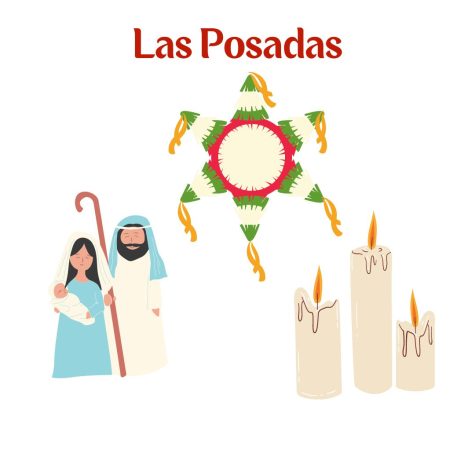
Las Posadas, which means “the inns” in Spanish, is a festival chiefly celebrated by Hispanic Catholics in Mexico, Cuba, throughout Latin America, and parts of the United States. The holiday is a commemoration of the journey saints Joseph and Mary took from Nazareth to Bethlehem while seeking a place to birth baby Jesus. After being rejected by fully occupied inns again and again, the pair were left to deliver Christ in a stable. From December 16th until December 24th, participants in a Las Posadas procession recreate the historical event on a nightly basis. Children dress in robes with glowing candles and pictures of Mary and Joseph in their hands, adults and musicians follow, and a chosen child donning angel attire leads the way. The procession stops at every preselected home to ask the families to lodge Joseph and Mary; it is traditional that every household refuses until the final one accepts them, where a party is held. Throughout the neighborhood parade, biblical scripture is read and carols are sung in unison.
When the procession concludes, mass is held and followed by a celebration, in which children destroy piñatas bursting with candy, toys, and sometimes money. These piñatas are often shaped like stars to symbolize the star that guided the biblical “three wise men” to newborn Jesus Christ. Las Posadas originated in the 900s A.D., fulfilling the need for a creative way to teach the Christmas story to children and the illiterate who couldn’t read the Bible. The Catholic Church of Latin America is known for its extravagant and dazzlingly colorful processions that occur numerous times a year. Though grander and more abundant during April’s Holy Week, they are also held in December to honor Christ’s birth, for every Sunday of Lent, and on specific days of saint worship. Click here and here to learn more about Las Posadas.
SOYAL
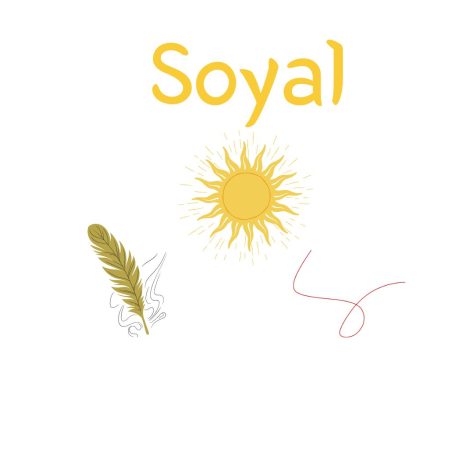
Soyal, also referred to as Soyaluna, is a Hopi example of the various winter solstice observances that exist worldwide. The Native American Hopi tribe dwell in modern day Arizona, where they have lived since prehistoric times. The December 22nd Soyal ceremony is one of the most significant Hopi traditions. In a culture guided by the seasonal cycle, the shortest day of the year has a big impact. To prepare, the community ties feathers and pinyon needles to fragments of cotton string and exchanges these creations among family and friends. When night falls, everyone ties the strings they received to a willow branch and brings their stick to decorate the kiva, a sacred, underground meeting room. Two of this ceremony’s most distinctive symbols are the sun shield the Hopi chief carries and the effigy of the plumed snake, Palulukonuh, that another Hopi carries. As the members exercise traditional dances, songs, and prayers, they make appeasement offerings to the serpent, attempting to prevent it from swallowing the Sun God. When the Sun God’s footprints materialize in the sand sprinkled on the floor, the Hopis can rest assured that he has been persuaded to return from his journey away.
Sun worship has been a common Native American practice since the birth of these societies. In early times, the Hopis noticed the sun rise and set on opposite sides of the horizon, reach its highest point in the sky during summer, and turn the land bleaker/weather chillier as it rose lower in the sky. Based on their observations, they believed the Sun God traveled farthest from Earth in December. To prevent him from fully forsaking them, the Hopis agreed their strongest warriors must convince him to return through the intricate Soyal ceremony. This important practice preventing the complete disappearance of the sun is still conducted by Hopi villages of the 21st century. Click here and here to learn more about Soyal.
DIWALI

Though technically occurring in October or November, Diwali is often considered a winter holiday due to its overall theme of light triumphing over darkness. Diwali, or the Festival of Lights, is a religious south Asian festival primarily held by Hindus, Jains, and Sikhs. In India, Diwali festivities span five days and honor one of the most important holidays of the year. The third and main day is typically the only one celebrated elsewhere in the world. In 2023, this day will be November 12th. The event lasts from the 13th day of the lunar month Ashvina’s dark half until the 2nd day of the lunar month Karttika’s light half, falling in late October or November of the Gregorian calendar. Customs vary based on religion and region; a common Hindu practice is the illumination of small oil-filled lamps called diyas, which are placed along temples and houses and set afloat on bodies of water. Other popular traditions are exchanging gifts, wearing new clothes, feasting and feeding the hungry, gambling, and decorating homes–particularly the floor with colorful rice, sand, or flower petals called Rangoli. The name Diwali derives from the Sanskrit word for “row of lights”, dipavali.
The motivation behind the Diwali celebration cannot be limited to one main reason or incident. Diwali is linked to a myriad of stories from religious texts, though many of them emphasize good conquering evil and date more than 2,500 years ago. A predominant tale in northern India is that of King Rama, an incarnation of the Hindu god Vishnu. Rama used an army of monkeys to rescue his wife Sita and kill her captor, an evil king in Lanka. When Ram and Sita returned to their northern hometown, Ayodhya, millions of lights had been left to help them find their way back. In southern India, a well known tale is told about a different incarnation of Vishnu, Krishna, who freed 16,000 women from a separate evil king. Though inherently religious, Diwali in India is comparable to Christmas in the United States in that they have both evolved into national holidays frequently celebrated by secular people. Click here, here, and here to learn more about Diwali.
Whether you’re observing one of these holidays, recognizing an entirely different one, or simply not celebrating a special occasion at all, hopefully these summaries sparked your curiosity.
Your donation will support the student journalists of Centaurus High School. Your contribution will allow us to purchase equipment and cover our annual website hosting costs.
Annabelle Woram (she/her), is a senior at Centaurus and the News Editor for The Warrior Scroll. Before joining this newspaper, Annabelle spent her junior...




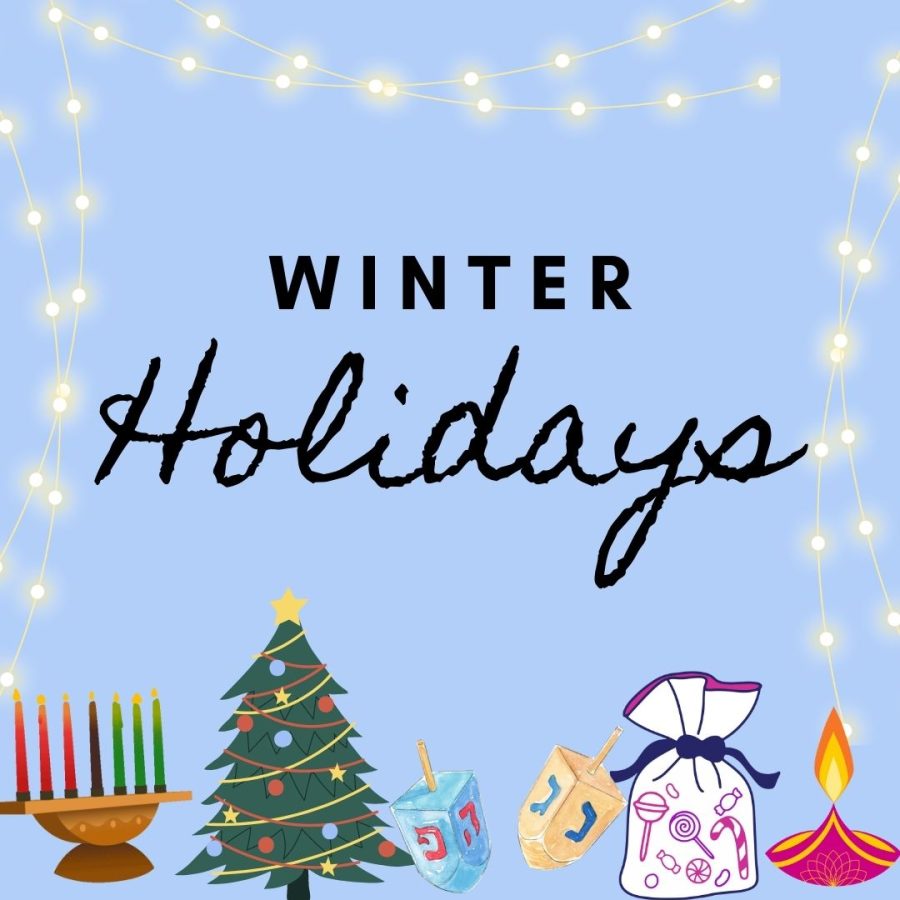


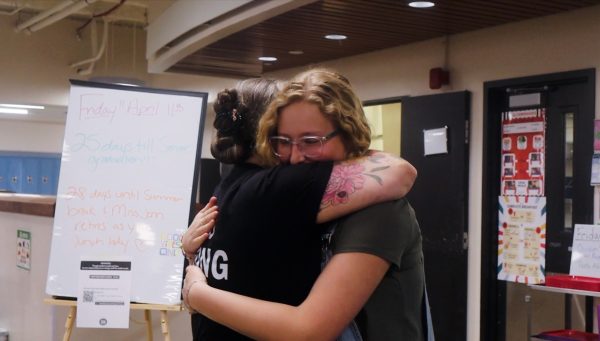

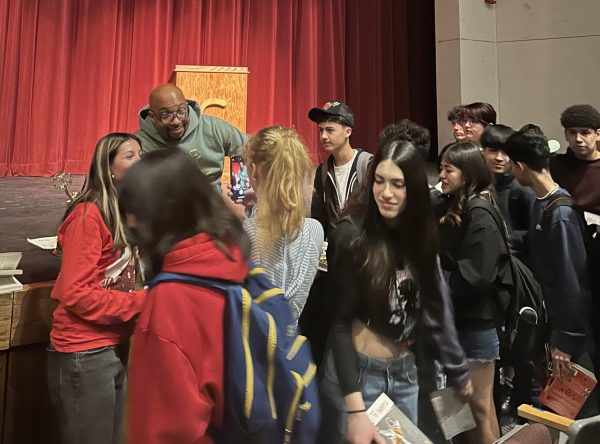
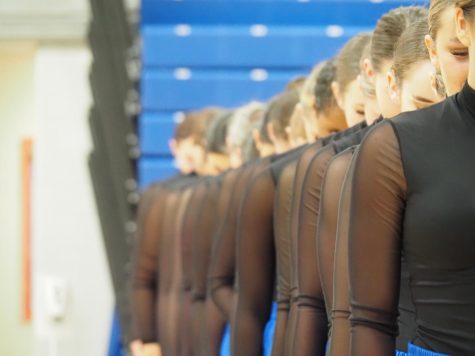
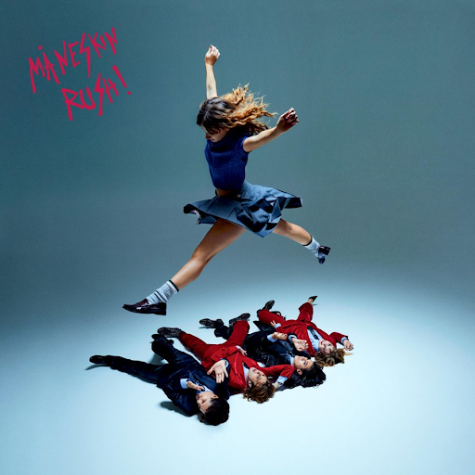

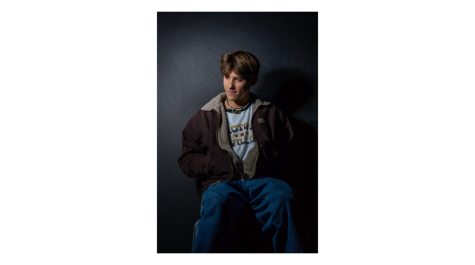

Isaiah Eatmon • Dec 25, 2024 at 8:08 am
Happy Kwanzaa
ViceKnightTA • Dec 24, 2023 at 11:29 am
Dear Annabelle Woram,
Thank you for being so kind and open as to educate others about all the cultural holidays, and not just the two most prominent ones. I wish more people like you existed in my neighborbood back before the advent of the internet too. I’m sure if you went to my school district, you would have found a way to make my it a better place for me to experience, rather than be singled out for my differences. Thank you for existing.
Happy Holidays.
♞